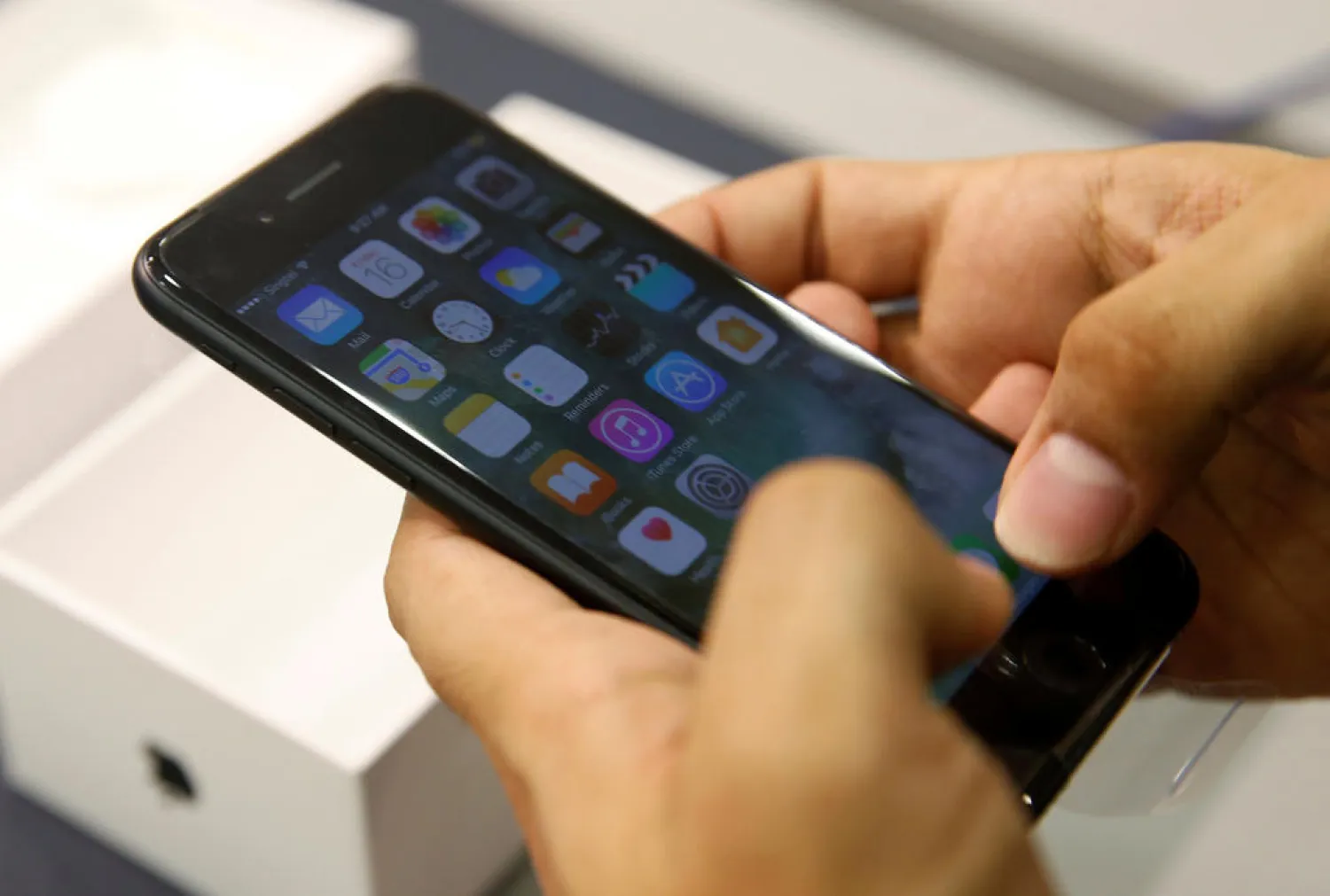A new technology allows electronic devices to be remotely vaporized into thin air, giving devices the ability to vanish - along with their valuable data - if they were to get into the wrong hands, according to a team of researchers from Cornell University and the Honeywell Aerospace Company in the United States.
This ability to self-destruct is an emerging technology known as transient electronics.
in which
The whole idea depends on the key portions of a circuit, or the whole circuit itself, that can discreetly disintegrate or dissolve.
And because this process does not release any harmful byproducts, the researchers see a possibility to use them in biomedical and environmental fields, along with data protection techniques, according to the German news agency (DPA).
There are a number of existing techniques for triggering the vaporization, each with inherent drawbacks.
Some transient electronics use soluble conductors that dissolve when contacted by water, requiring the presence of moisture. Others disintegrate when they reach a specific temperature, requiring a heating element and power source to be attached.
The Phys.org website reported that the team of researchers at the Cornell University has overcome these drawbacks by using a silicon-dioxide microchip attached to a polycarbonate shell. Hidden within the shell are microscopic cavities filled with rubidium and sodium biflouride - chemicals that can thermally react and decompose the microchip.
The thermal reaction can be remotely stimulated by using radio waves to open graphene-on-nitride valves that keep the chemicals sealed in the cavities, said Head of the Cornell University research team.









